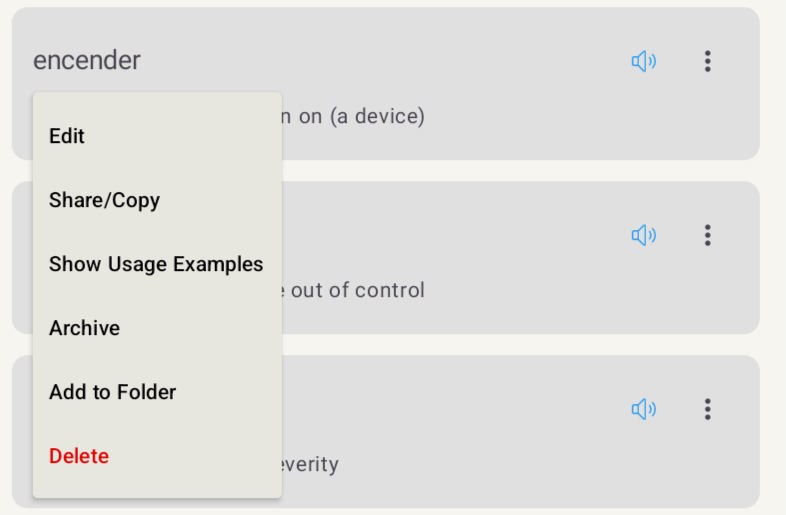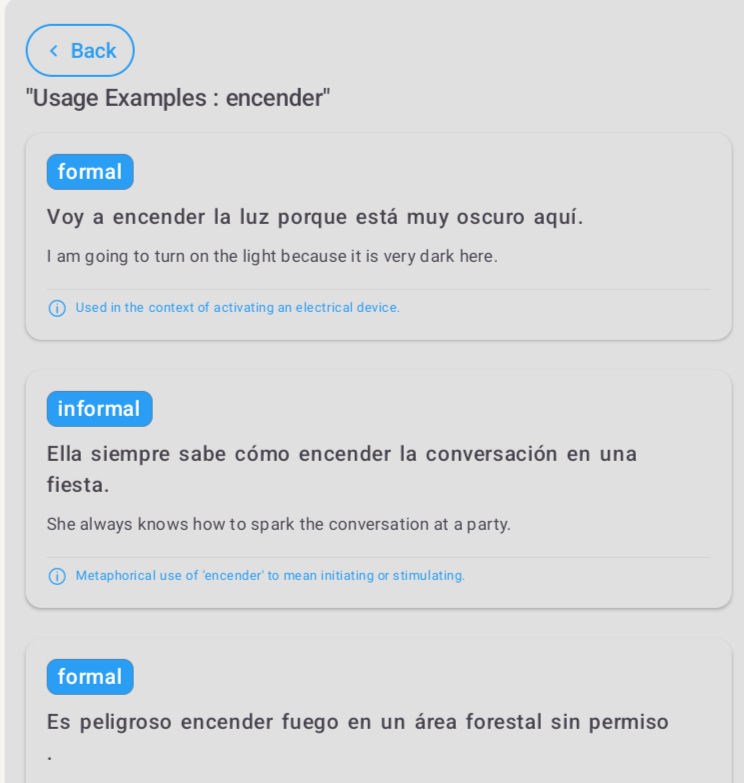The Language Learner's Dilemma: When Words Don't Mean What You Think They Mean
- xrmechsolutions
- Mar 5
- 2 min read
Learning vocabulary in a new language seems straightforward—until you discover that words rarely have perfect one-to-one translations. Even simple words can behave completely differently across languages, leaving learners confused and uncertain when to use them. For me, this is what usually causes me to hesitate speaking in a new language.
The Frustrating Reality of Cross-Language Word Mapping
As a language learner, you've probably experienced this scenario: You confidently use a word you've learned, only to receive confused looks from native speakers. What went wrong?
The problem is that most dictionaries and language apps simply offer direct translations without explaining the usage contexts that make all the difference. Consider these challenging examples:
Example 1: Spanish "Encender"
A basic dictionary might tell you that "encender" means "to turn on." But in reality, it's used in contexts like:
"Encender la luz" → "Turn on the light" ✓
"Encender una conversación" → "Spark/start a conversation" (not "turn on a conversation") ✓
"Encender la pasión" → "Ignite passion" (not "turn on passion") ✓
"Encender un fuego" → "Start a fire" ✓
Example 2: English "Get"
The word "get" is deceptively simple but has dozens of meanings depending on context:
"I need to get milk" → acquiring something
"I get your point" → understanding
"She gets nervous" → becoming/experiencing
"The cake gets eaten" → passive construction
Example 3: Spanish "Tomar"
This versatile verb can mean:
"Tomar un café" → "To drink a coffee"
"Tomar un taxi" → "To take a taxi"
"Tomar una decisión" → "To make a decision"
"Tomar una foto" → "To take a photo"
Without proper examples, how would you know when to use "tomar" versus other verbs like "beber" or "hacer"?
Introducing Usage Examples: Context is Everything
To solve this problem, I've added a new Word Usage Examples feature to StoryTime Language. This tool bridges the gap between simple translations and real-world usage by showing you exactly how words function in different contexts.
Here's how it works:
Tap any saved vocabulary word in your collection
Select "Show Usage Examples" from the menu
Browse multiple authentic examples showing different contexts
Each example includes:
The original sentence in your target language
An accurate translation showing how meaning shifts
Usage notes explaining nuances and cultural context
Difficulty level indicators


Learn Languages the Way They're Actually Spoken
Language learning isn't about memorizing equivalents—it's about understanding how native speakers actually communicate. With Usage Examples, you'll:
Develop confidence in using words correctly
Avoid embarrassing mistranslations
Sound more natural in your target language
Build a deeper understanding of cultural context
Move beyond word-for-word translation
The next time you encounter a word with multiple meanings, don't guess—check the Usage Examples and know exactly how to use it like a native speaker.
Start Learning with Real-World Context Today
StoryTime Language is available exclusively on Android. Experience the difference that proper word usage examples make in your language learning journey:
Have you encountered words that don't translate neatly between languages? Share your experiences in the comments!
.png)
Comments